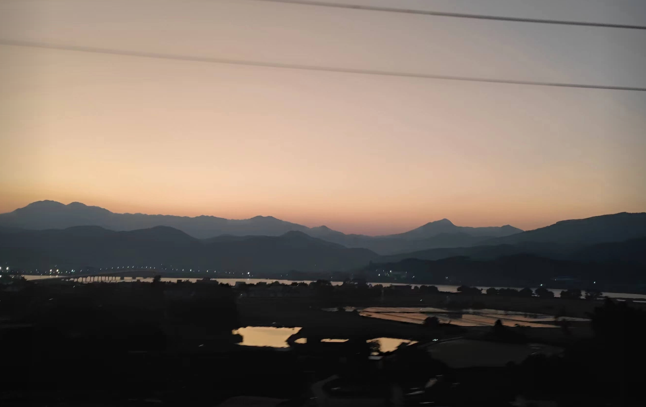2022 longsun&high grow team building and mid-year summarize travel
Author: Betty Deng Date:2022-7-29
More than half of 2022 has passed, in order to better summarize the work of our team in the first half of 2022, and to enhance staff cohesion, make new colleagues better integrate into the team, and inspire everyone's work enthusiasm and confidence. Longsun-led chose Jinggang Mountains, the cradle of the Chinese revolution, as the destination, where the company's mid-year summary and the annual staff travel were held.
On the first day, we did the mid-year summary in a conference room at the foot of Jinggang Mountains. The managers of each department summarized the achievements of their departments in the first half of the year, what deficiencies still exist, the work goals for the second half of the year and how to reach this goal, and finally the vice general manager and the general manager made a summary, affirming some of our achievements in the past six months, pointing out some problems in team building, and indicating the direction of the team for the second half of the year.
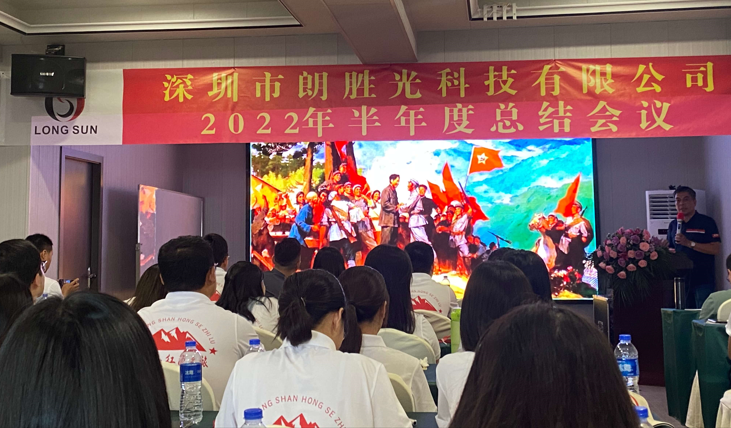
After the meeting, our team went to the Zhu-Mao meeting place in Jinggang Mountains Revolutionary Base for a group photo.
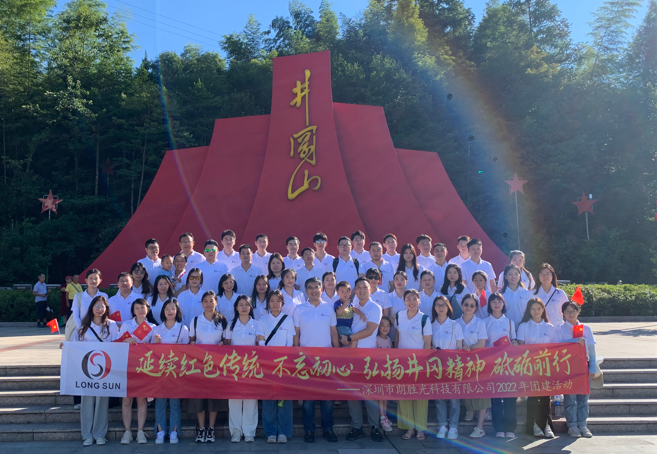
The next morning, we started our tour of the Jinggang mountains Revolutionary Base:
First stop: Jinggang Mountains Revolutionary Museum. Here is record of the whole process of the revolutionary struggle in Jinggang Mountains, the museum interpreter's colorful explanation as if we were in that smoke filled era, the Red Army soldiers here to spill blood, repel the enemy, everyone united, even after the stars finally formed a prairie momentum, and achieved the final victory of the revolution.
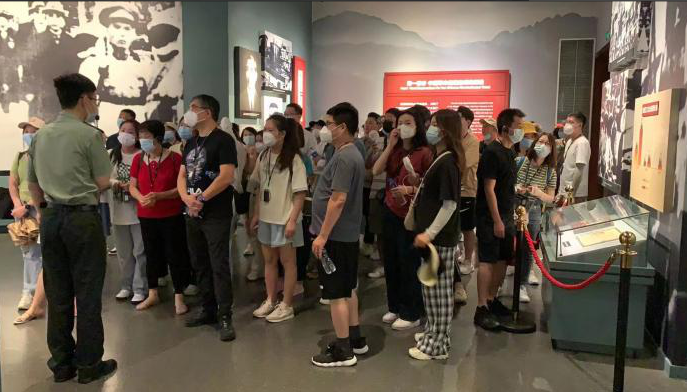
The second stop: We came to the terrain is strategically situated and difficult of access place in the revolutionary of Jinggang Mountain, Huang Yangjie, the summit of which is 1,343 meters above sea level, where the Red Army fought off an attack by four enemy regiments with less than one battalion. The Red Army soldiers used to carry food from the foot of the mountain to the top of the mountain, and this revolutionary spirit of braving hardships is worth learning from each of us. There are still exist traces of the revolution, such as military airspaces and gun emplacements.
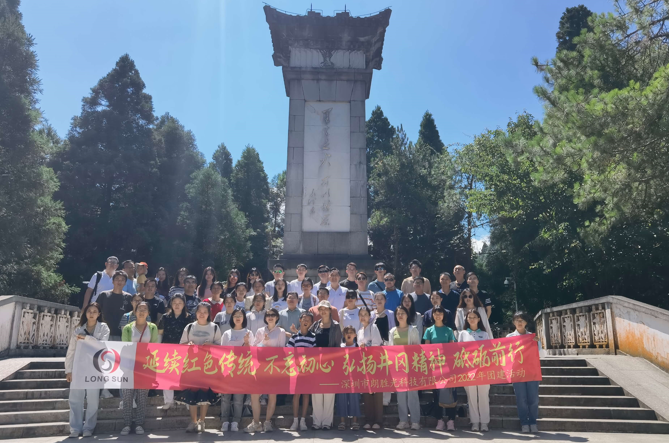
A group photo of Longsun-led team in front of the Victory Monument of the Battle of Huang Yangjie
Third stop: Xiaojing Red Army Hospital, the first regular hospital of the Red Army in China. At that time, the medical equipment of the hospital was very poor and there was often a shortage of medicine. In January 1929, the hospital was burned down by the Kuomintang reactionaries, and more than one hundred and thirty wounded and sick people were shot and killed in the nearby rice paddies. In 1979, the martyrs' tombs and monuments were built.
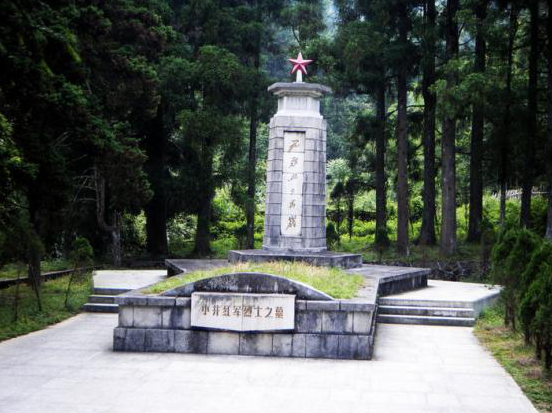
Fourth stop: Longsun team arrived at the scenic Longtan Waterfall
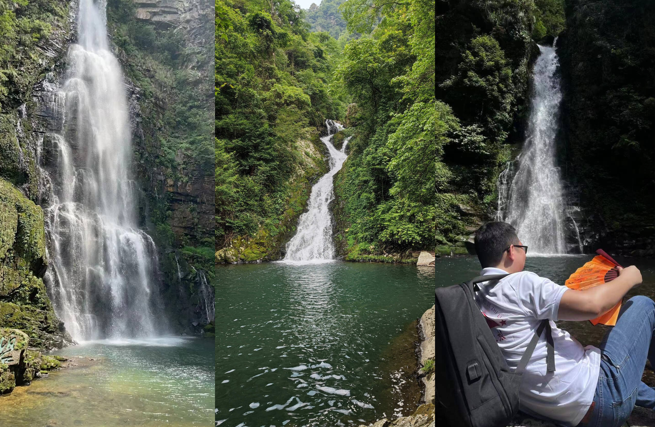
The second day's journey was over. Today also happens to be Long Sun 12th birthday, so in the evening our team celebrated Long Sun birthday together, with the boss and colleagues who had their birthdays this month to celebrate our 12th anniversary.
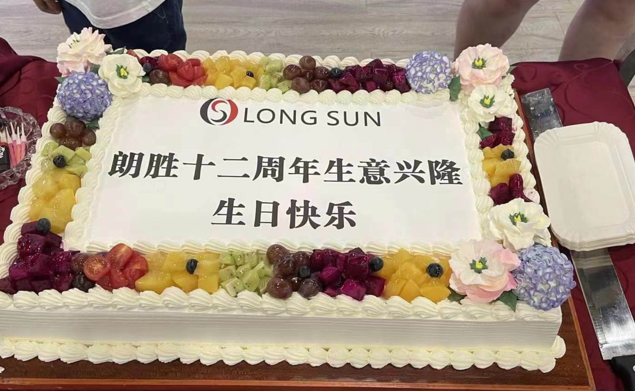
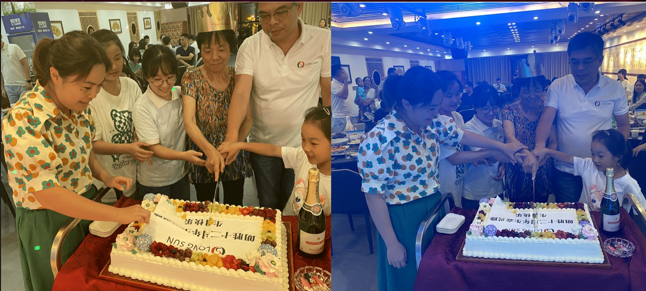
The first stop of the journey on the third day is: the former residence of comrade Mao Zedong in Dajing
Dajing Village, one of the key locations where the great men of the generation such as Mao Zedong, Zhu De, Chen Yi and Peng Dehuai and the Red Army carried out their revolutionary activities.
Mao Zedong's old residence is also called the White House because the walls are white, and there is a stone in front of the White House. During the revolutionary period in Jinggang Mountains, Comrade Mao Zedong often reviewed documents and read books here, so people also called it “Reading Stone”.
There are two big trees behind the old residence of Mao Zedong in Dajing: a red bean fir and a crusoe tree. Back then, Mao Zedong and Zhu De used to watch and instruct the Red Army drill under the trees. According to the local guide, the two trees were burnt to death in February 1929 during the Nationalist fire, and then sprouted again in the year of liberation, and grew more and more luxuriantly; when Mao Zedong went back to Jinggang Mountain in 1965, the two trees blossomed and produced seeds again.These two trees are therefore known as "affection trees", "evergreen trees".
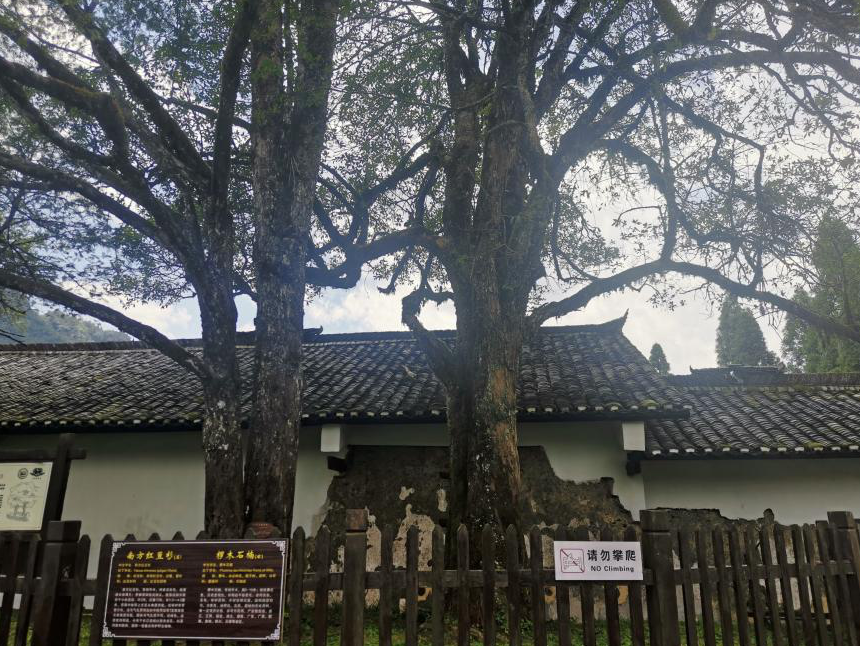
Second stop: the Red Army Mint. In late April 1928, Zhu De and Mao Zedong's two armies met in Jinggang Mountain and formally announced the establishment of the Fourth Army of the Chinese Workers and Peasants Revolutionary Army (later renamed the Fourth Red Army) in early May. The enemy army of Xiang-Gan Province on the revolutionary base of Jinggangshan, also implemented frequent military "siege" and a tight economic blockade, so the Red Army military headquarters in Jinggang Mountains on the village of Shangjing, borrowed a private house, founded the Jinggang mountains Red Army Mint.
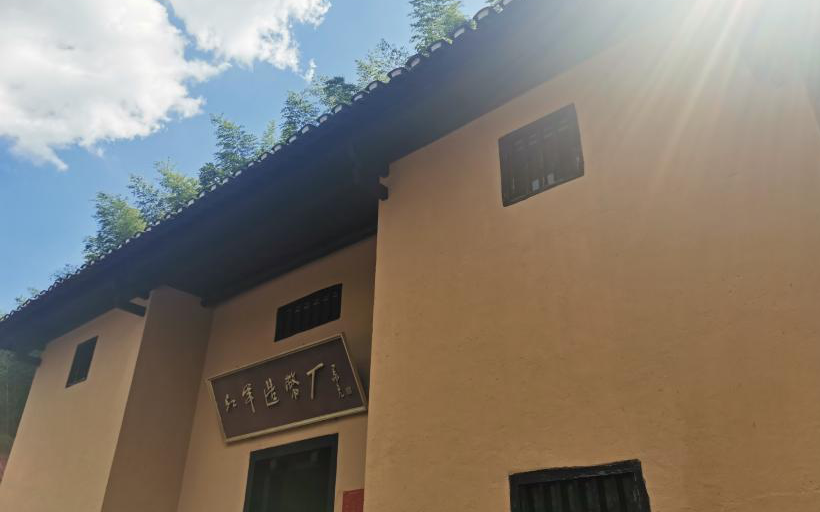
Third stop: Torch Square. Jinggang Mountains Torch Square is located at the top of Jinggang Mountains South Mountain Park, from the entrance of Torch Square to the theme torch, there are 89 small torches on both sides, plus the theme torch a total of 90.
Standing in Torch Square, you can overlook the majestic main peak of Jinggang Mountain from afar, overlooking the whole landscape of Tziping, standing under the torch of passing on the fire, the red carpet with the giant red torch, giving people a sense of solemnity and awe.
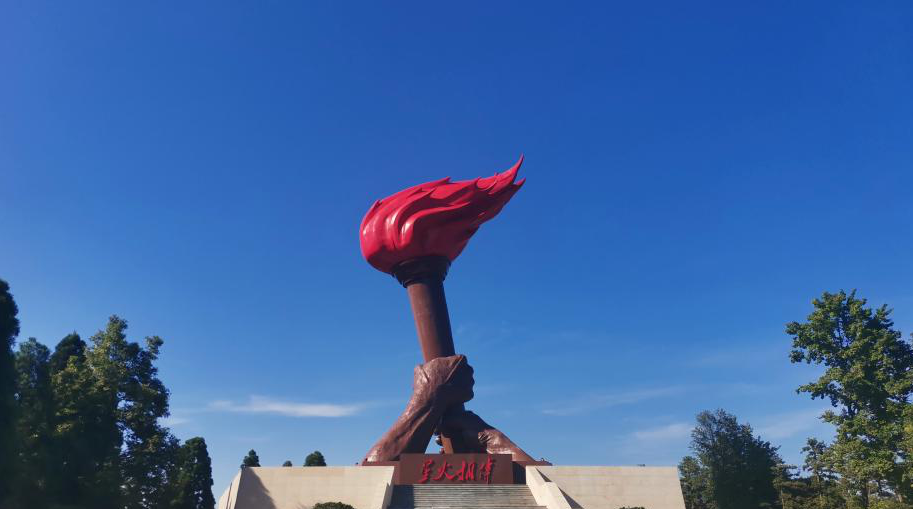
Fifth stop: Former Residence of Comrade Mao Zedong in Tziping
From October 1927 to January 1929, Comrade Mao Zedong used to live and work in the back right room of this house, where he could have lit three wicks, but he always used one wick to work, read, write and think about the future of the Chinese revolution. It was under this light that Mao wrote "Why Does China's Red Regime Exist? and "The Struggle in Jinggang Mountains", which comprehensively and systematically summarized the experience of creating the revolutionary base in Jinggang Mountain from a theoretical perspective and clarified the brand-new idea of "armed division of the workers and peasants".
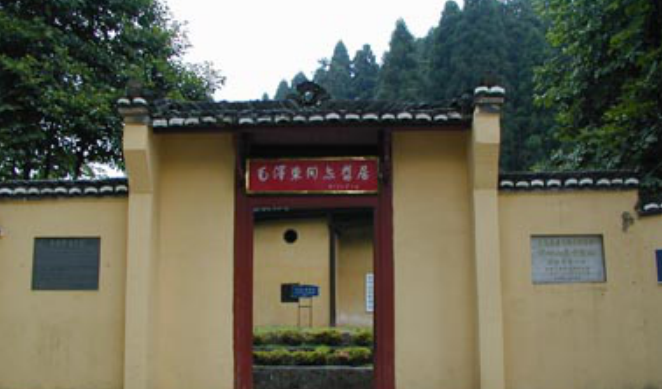
Last stop: We went to the North Mountain Martyrs' Cemetery to lay wreaths for the martyrs and pay tribute to the revolutionary martyrs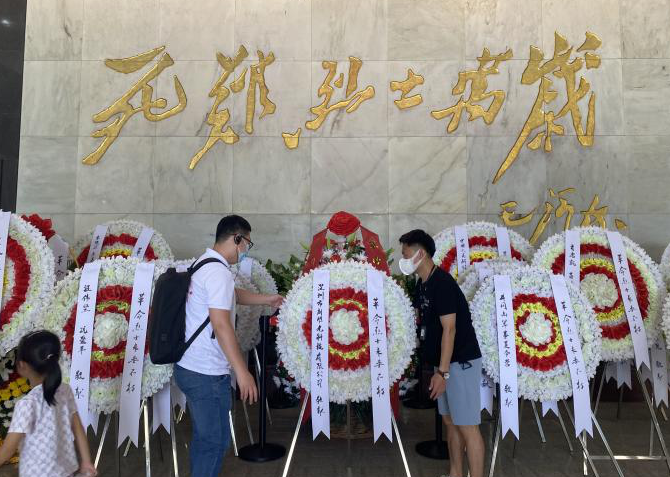
The revolutionary trip to Jinggang Mountains came to an end and we took the high speed train back to Shenzhen at dusk.
